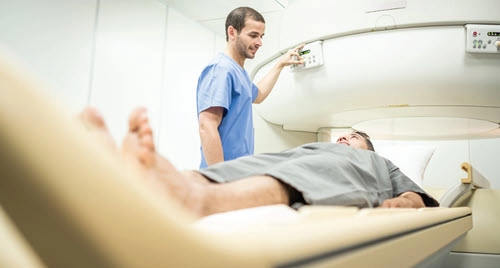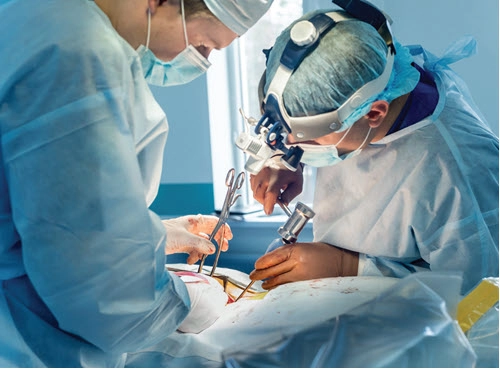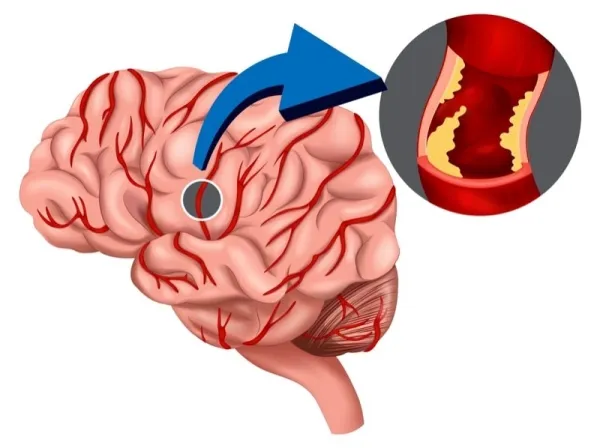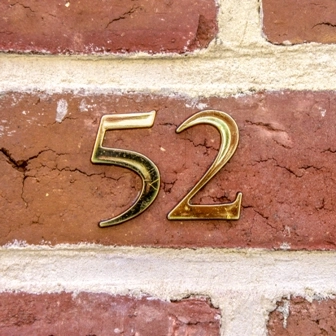Use These Modifiers to Code Second Surgeries Successfully
Use 58 for a planned or staged procedure. Last month, we ran down the modifiers you should be considering when a patient returns for another surgery during the global period of the previous surgery. We addressed the situations in which you’ll use each of the modifiers designed to separate the second surgery from the first. This is when you’ll need help from modifiers 58 (Staged or related procedure or service by the same physician or other qualified health care professional during the postoperative period), 76 (Repeat procedure or service by same physician or other qualified health care professional), 78 (Unplanned return to the operating/procedure room by the same physician or other qualified health care professional following initial procedure for a related procedure during the postoperative period), and 79 (Unrelated procedure or service by the same physician or other qualified health care professional during the postoperative period). This month, we get clinical. We asked Gregory Przybylski, MD, immediate past chairman of neuroscience and director of neurosurgery at the New Jersey Neuroscience Institute, JFK Medical Center in Edison, New Jersey, for some neurosurgery-specific examples for each of these modifiers. Here’s what he had to offer. Modifier 58: Staged or Planned “The characteristics of a series of procedures in which the second procedure is/are appended with the 58 modifier include a diagnostic procedure followed by a therapeutic procedure, a less invasive procedure followed by a more invasive procedure, or a series of procedures that are planned in advance of the first procedure,” Przybylski explains. A middle aged-man is admitted with headache and left-sided weakness, and is found to have an intracranial lesion on magnetic resonance imaging (MRI). A stereotactic biopsy with computed tomography (CT) guidance is performed to determine whether the lesion represents an abscess or neoplasm. The following day, the pathologist reports that the biopsy shows a primary brain tumor. The patient undergoes a craniotomy for excision of the brain tumor the following day. Notes indicate the second surgery involved microdissection and intracranial navigation. Coding: For these surgeries, you would report 61751 (Stereotactic biopsy, aspiration, or excision, including burr hole(s), for intracranial lesion; with computed tomography and/or magnetic resonance guidance) for the stereotactic biopsy. Then, report the subsequent craniotomy for tumor excision with microdissection and intracranial navigation with: Remember to append modifier 58 to 61510, +69990, and +61783. Modifier 76: Same Procedure/Physician You’ll use modifier 76 “when the same procedure is repeated by the same physician. The diagnosis is typically the same for both procedures,” says Przybylski. A patient who underwent an L4-5 lumbar discectomy for disc herniation reports a foot drop in the recovery room. An emergent magnetic resonance imagining (MRI) reveals residual/recurrent disc displacement. The discectomy is performed again to remove the additional/residual disc material. Coding: Report the first discectomy with 63030 (Laminotomy (hemilaminectomy), with decompression of nerve root(s), including partial facetectomy, foraminotomy and/or excision of herniated intervertebral disc; 1 interspace, lumbar); then report the second discectomy with 63030-76. Modifier 78: When Complications Call Modifier 78 “is commonly called the complication modifier and is reported on the procedures performed in the OR for a complication related to the initial procedure,” says Przybylski. A patient undergoes a lumbar laminectomy at L3-4 and L4-5 for spinal stenosis. A few days later, the patient develops cauda equina syndrome from compression of the nerve roots by a postoperative epidural hematoma. The patient is taken back to the operating room (OR) for evacuation of the hematoma. Coding: You would report the first laminectomy with 63047 (Laminectomy, facetectomy and foraminotomy (unilateral or bilateral with decompression of spinal cord, cauda equina and/ or nerve root[s], [eg, spinal or lateral recess stenosis]), single vertebral segment; lumbar) and +63048 (… each additional segment, cervical, thoracic, or lumbar (List separately in addition to code for primary procedure)). Then, report the second laminectomy with 63267 (Laminectomy for excision or evacuation of intraspinal lesion other than neoplasm, extradural; lumbar)-78. Modifier 79: Different Conditions Prompt Another Surgery You’ll use modifier 79 “when different conditions are surgically treated within the global period of the first procedure,” according to Przybylski. A patient reports with “double crush syndrome”; a diagnosis of a right C6 radiculopathy related to a C5-6 disc displacement is made, as well as the possibility of carpal tunnel syndrome (CTS). The more proximal condition is treated first with an anterior cervical discectomy and interbody fusion with structural allograft. At the first postoperative visit a few weeks later, the patient reports resolution of the arm symptoms but continued numbness and pain in the hand involving the first three digits. An electromyography (EMG) reveals CTS. A CT release is performed one month after the anterior cervical discectomy and fusion. Coding: For the initial surgery, you’d report 22551 (Arthrodesis, anterior interbody, including disc space preparation, discectomy, osteophytectomy and decompression of spinal cord and/or nerve roots; cervical below C2) and +20931 (Allograft, structural, for spine surgery only (List separately in addition to code for primary procedure)). For the second surgery, report 64721 (Neuroplasty and/or transposition; median nerve at carpal tunnel) with modifier 79 appended.





